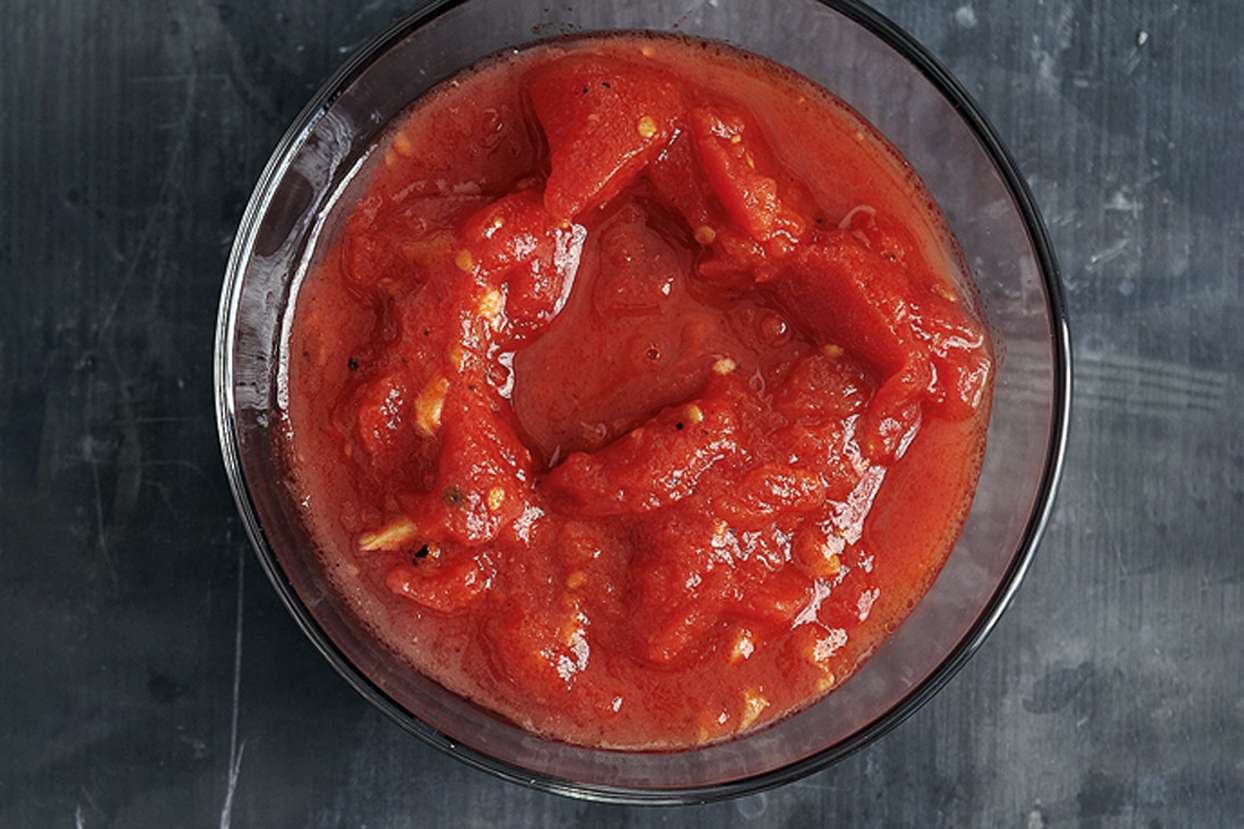Pizza Sauce From Scratch: Ultimate Recipe, Tips, and Storage Guide
Start with quality tomatoes to ensure a rich, flavorful sauce. Canned San Marzano tomatoes, from the San Marzano region, are often recommended for their sweetness and low acidity. If fresh tomatoes are preferred, opt for Roma or plum tomatoes, which have fewer seeds and thicker flesh, making them ideal for sauce. Ensure the tomatoes are ripe and vibrant in color to get the best taste.
Essential Herbs and Spices
Herbs and spices give your sauce depth and complexity. Basil, oregano, and parsley are primary herbs used in traditional pizza sauce. They provide a fragrant, earthy backdrop. Garlic, whether minced or powdered, adds a spicy kick. Red pepper flakes give heat, while sugar helps balance acidity. Salt enhances overall flavor. For a unique twist, incorporate thyme or bay leaves. Always use fresh herbs when possible, though dried herbs are a suitable alternative if fresh herbs aren’t available.
Preparing Your Ingredients
Washing and Prepping Tomatoes
Use high-quality tomatoes, like San Marzano or Roma, for a rich flavor. Wash the tomatoes thoroughly to remove dirt and pesticides. Cut an “X” on the bottom of each tomato to facilitate peeling. Blanch the tomatoes in boiling water for 30 seconds, then transfer them to ice water. Once cooled, peel off the skins and discard them. Chop the tomatoes finely, ensuring uniform pieces for a consistent sauce texture.
Measuring Spices Correctly
Accurate measurements ensure balanced flavors in your sauce. Use measuring spoons for precise quantities of spices and herbs. Include 1 teaspoon dried basil, 1 teaspoon dried oregano, 1/2 teaspoon red pepper flakes, 1 tablespoon sugar, and 4 cloves minced garlic. Combine these spices for optimal flavor multifacetedness and consistency in every batch.
The Cooking Process
Simmering Techniques
Heat olive oil in a large pot over medium heat. Add finely chopped garlic and sauté for 1-2 minutes until fragrant. Pour in the peeled, crushed tomatoes and stir. Add the dried basil, oregano, and red pepper flakes. Season with salt and pepper to taste. Reduce the heat to low and let the mixture simmer for 30-45 minutes, stirring occasionally to prevent sticking. Longer simmering enhances the sauce’s depth of flavor, allowing the spices to meld with the tomatoes.
Adjusting Flavor and Consistency
Taste the sauce periodically during simmering. If it tastes too acidic, add a small amount of sugar to balance it. For a thicker sauce, continue simmering until it reaches the desired consistency. If a smoother texture is preferred, use an immersion blender to puree the sauce. Adjust seasoning as needed, adding fresh basil or more red pepper flakes for extra flavor. After achieving the optimal taste and texture, remove the sauce from heat and let it cool before using it on your pizza.
Storage and Preservation
Refrigerating Your Sauce
Place your homemade pizza sauce in an airtight container, ensuring it remains fresh by minimizing air exposure. You can refrigerate the sauce for up to one week. Before storing, allow the sauce to cool completely. Make sure your refrigerator maintains a temperature below 40°F (4°C), as this inhibits bacterial growth. If you notice any change in smell or appearance, discard the sauce.
Freezing For Long-Term Use
Store your pizza sauce for extended periods by freezing it. Pour the sauce into freezer-safe containers, leaving about an inch of space at the top for expansion. You can also use freezer bags, laying them flat to save space. Label each container with the date of freezing for easy tracking. Use the sauce within three months for optimal flavor. Thaw the sauce in the refrigerator overnight before use. For quicker thawing, immerse the sealed container in cold water. Avoid microwave thawing to prevent texture changes.
Using Your Sauce
Beyond Pizza: Versatile Uses of Pizza Sauce
Pizza sauce doesn’t have to be limited to pizzas. Use it as a robust marinara for dipping mozzarella sticks, garlic bread, or fried zucchini. Over pasta, the sauce adds a homemade touch to a simple spaghetti dish. Mix it with ground beef or turkey to create a flavorful base for meatballs. Spread it over a toasted baguette, cover with cheese, and broil for a quick bruschetta. Incorporate it into casseroles or lasagna, adding a rich tomato base. For appetizers, use it as a filling in stuffed mushrooms or as a dip for crunchy vegetables.
Conclusion
Creating homemade pizza sauce from scratch not only elevates your pizza game but also offers endless possibilities for other culinary creations. By mastering the art of balancing flavors and perfecting your storage methods, you’ll always have a versatile and delicious sauce on hand. Whether you’re using it as a base for your favorite pizza or exploring its potential in other dishes, homemade pizza sauce is a game-changer in your kitchen. So go ahead and experiment with your ingredients and cooking techniques to discover your perfect sauce recipe. You’ll be amazed at how this simple yet flavorful addition can transform your meals.






